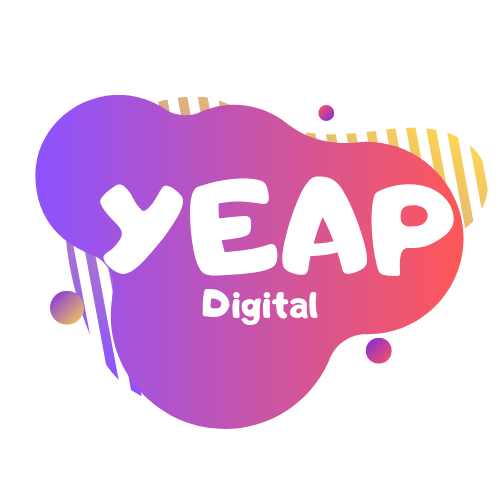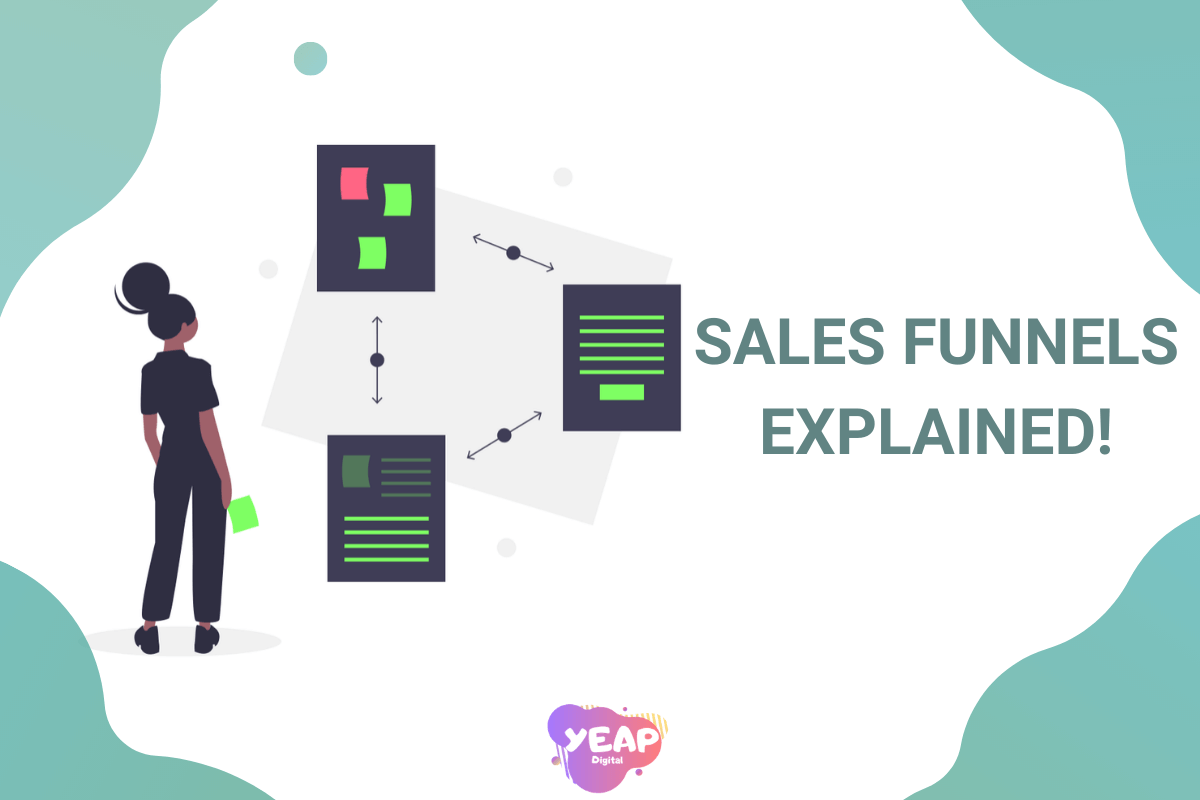Sales Funnel Definition, Stages and Benefits!
A sales funnel can be defined as the process of driving traffic to your website and then turning them into loyal customers via digital marketing tactics.
Therefore, a ‘sales funnel’ does exactly what it says. It draws readers and site visitors into becoming buyers, customers or clients, signing up for whatever it is the site is offering; placing orders for goods on an e-commerce website; signing up for seminars, considering investment opportunities or buying books from a writer or handmade items from a talented crafter.
A sales funnel illustrates the journey of the website visitor before taking action.
But to be effective, a sales funnel has to be constructed correctly. While there are numerous ways of creating a sales funnel, an example can be like this:
- Awareness
- Interest
- Decision
- Action
In short; AIDA. Each of these stages requires a different digital marketing approach. Consumer behaviour is affected by each of the sales funnel stages. A business owner needs to know what are they and how to use them. Understanding each stage of a sales funnel can be extremely useful to understand why and at what point where visitors leave the site and not convert as well. AIDA is a simple yet effective strategy for sales funnel formation. There is an old saying, applicable in many areas including website design: ‘Keep It Simple, Stupid!’, or KISS. Simple is better, easier, quicker.
1) Awareness
An efficient digital marketing funnel starts with the awareness stage. Your target audience needs to become aware of the existence of your business. Just a few of the actions that can be taken for higher awareness levels are; improving search engine rankings via SEO, digital advertising, social media marketing, content marketing.
One of the top priorities for a business that wants to grow should be increasing brand awareness(exposure). As everyone is online, both creating a good brand image and increasing the exposure have become easier and more affordable today’s digital age.
It is vital to offer a good user experience to the prospects.
2) Interest
Once you drove the target audience to your website, the next step is to maintain their interest. A visitor has landed up on the website, and should, ideally, be able to turn from ‘traffic’ (in effect, passing trade) to a ‘lead’ (interested potential buyer parting with marketing information) at this stage.
Above the fold content of your landing page is vital in this part.
This may be by the attractive design of the landing page and more persuasive and useful copywriting designed to convince them. The idea is that they will read the initial blurb and be hooked enough to continue.
3) Decision
At this point, they should be considering taking an action such as making a purchase.
This is the next stage when a casual visitor takes the step from being a nameless, faceless stat to become a lead or decide to provide information about themselves.
Your landing page holds great importance at this stage. It needs to take the potential buyer from the point where they think that the product or service looks good to the point where they really want to have it.
All the visual elements and the overall experience should be designed to entice users to click the call-to-action on the page. (such as a large green ‘sign up now’ button) This could be signing up for a newsletter or seminar, buying a product, or asking for a visit from the local representative; whatever it takes to move on a step in the sales process.
The process of increasing the number of prospective customers that take the desired action is also called conversion rate optimisation.
4) Action
The self-explanatory part, where the money is exchanged for products/goods, visitor signs up or gives required information. At this point, the lead becomes a customer. They sign up for a seminar, course of training or treatment, or purchase an item from an e-commerce website.
The sales funnel is not only how businesses find customers. It is also how they build their marketing databases and, eventually, make repeat sales(remarketing). Get the sales funnel right, and your business is likely to grow.




